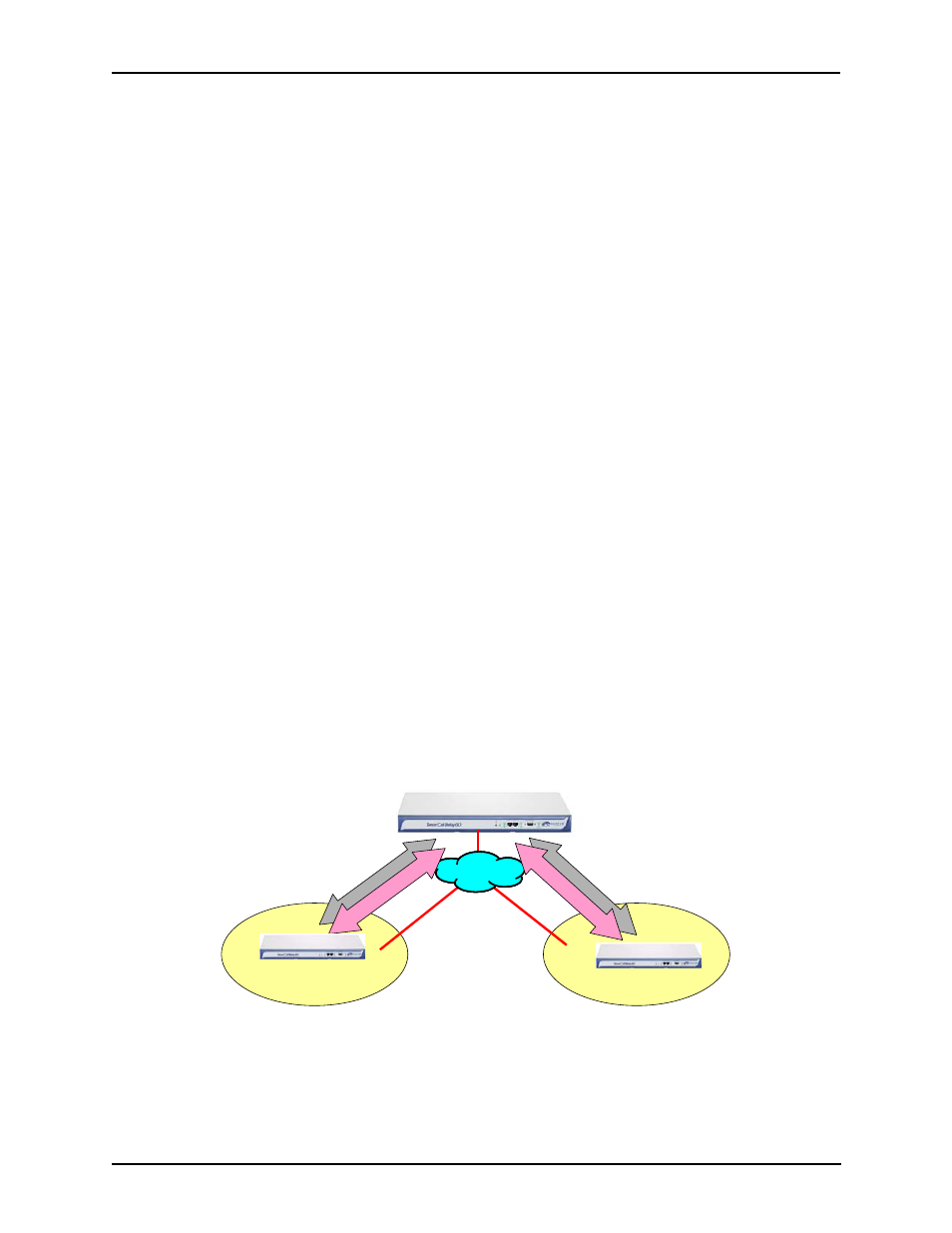H.323/sip signaling translation, H.323/sip signaling translation -6 – Quintum Technologies Tenor Call Relay 60 User Manual
Page 14

P/N 480-0076-00-00
1-6
Chapter 1: Overview
as phones, PBX's, and FAX machines, or the Public Switched Telephone Network (PSTN). The Call
Relay 60 SIP User Agent will work in conjunction with an external SIP proxy or redirect server to
route and connect calls over SIP based networks.
There are three basic components of SIP:
1. User Agent (Endpoint)
• client element, initiates calls
• server element, answers calls
2. Network Server (Proxy Server or Redirect Server)
• name resolution
• user location
• redirect and forking
3. Registrar
• Stores registration information in a location service using a non-SIP protocol.
H.323/SIP Signaling Translation
Through the Call Relay 60, there are two signaling options provided: H.323/SIP Signaling Transla-
tion and Signaling Gateway with Direct Media Connection. See below for a description of each.
H.323/SIP Signaling Translation. This enables the signaling and media (voice) to be sent from
the network (whether H.323 or SIP based) to the Call Relay 60 and out to another network (whether
H323 or SIP-based). The signaling is translated (from H.323 to SIP or vice versa) if necessary; this
simplifies inter-networking between diverse VoIP networks.
Figure 1-6
IP Network
IP Network
H.323 Based Network
SIP Based Network
H.
32
3
SIP
Me
dia
M
ed
ia
Call Relay 60
H323/SIP Signaling Translation
Signaling Gateway with Direct Media Connection. Enables signaling to be passed through
the Call Relay 60, then media (voice) is streamed directly between the network endpoints. In cases
where the origination network, the Call Relay, and destination network are in three different geo-
graphical areas, this feature decreases delay time in voice media by sending it between the origina-
